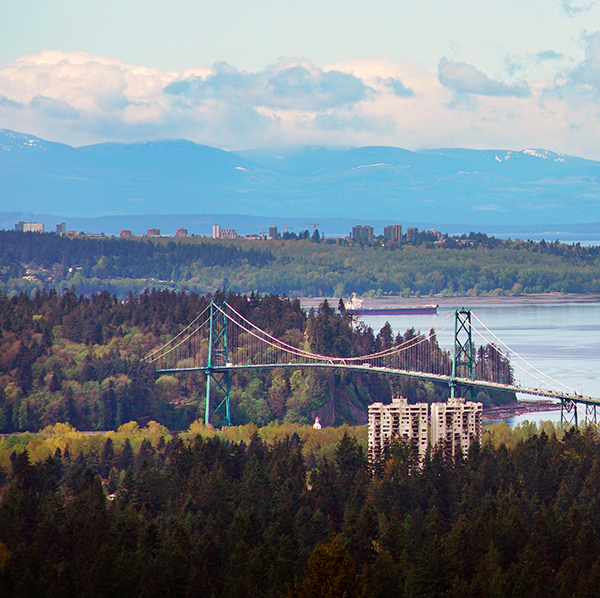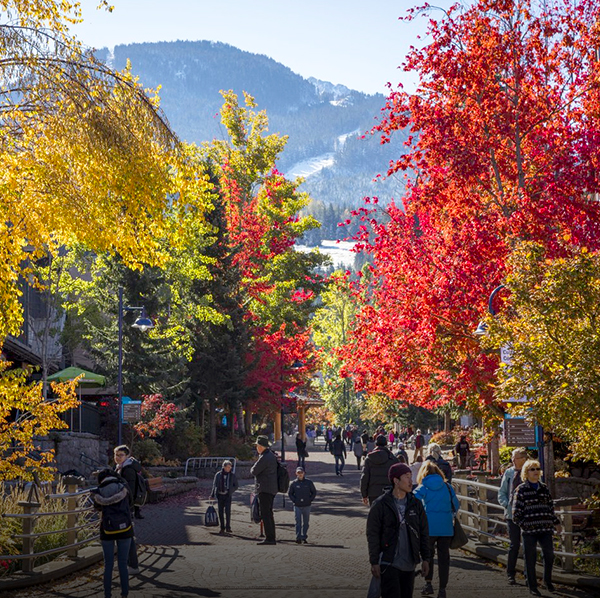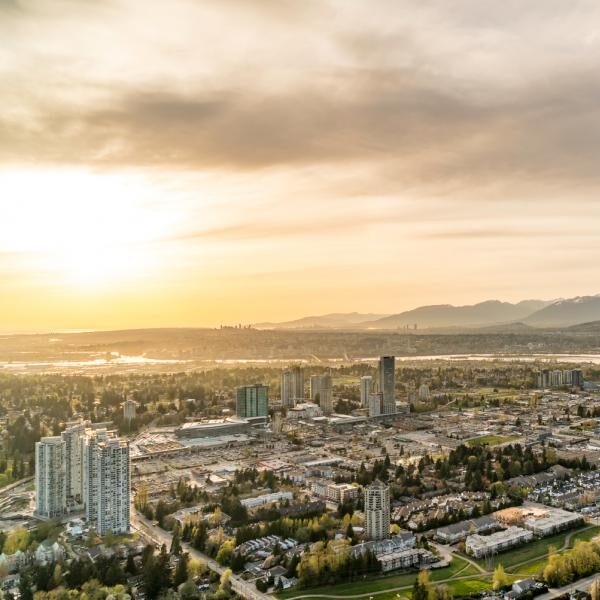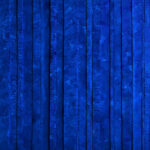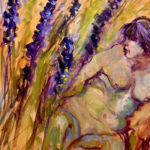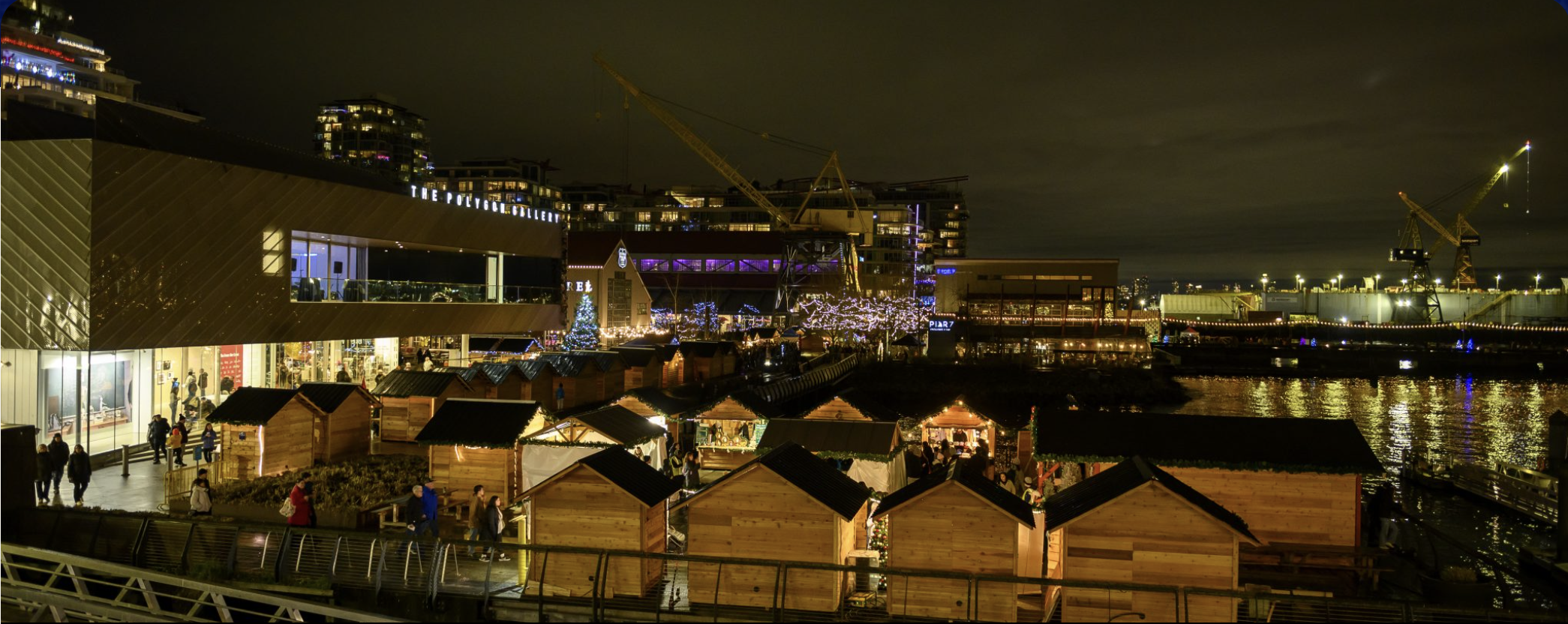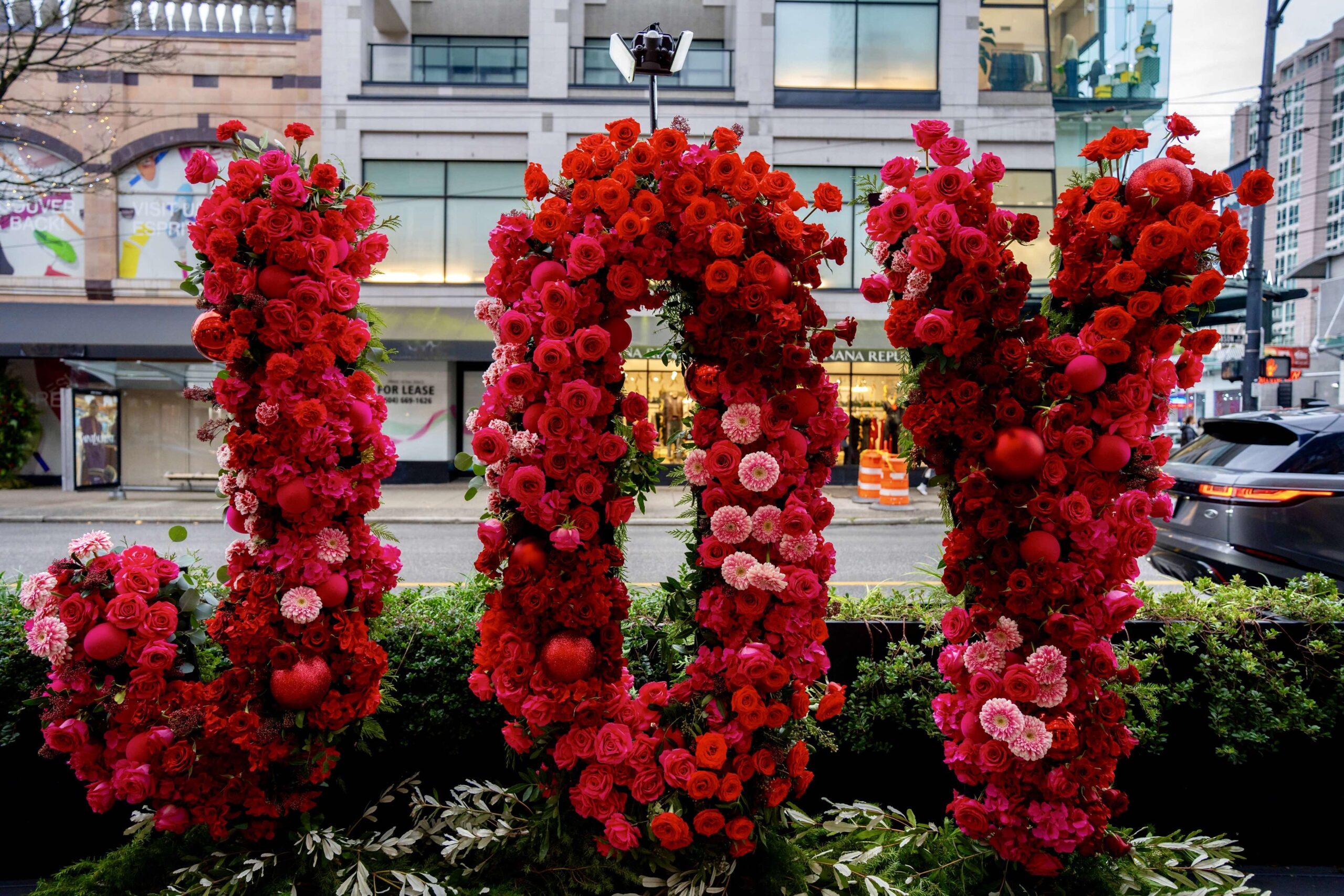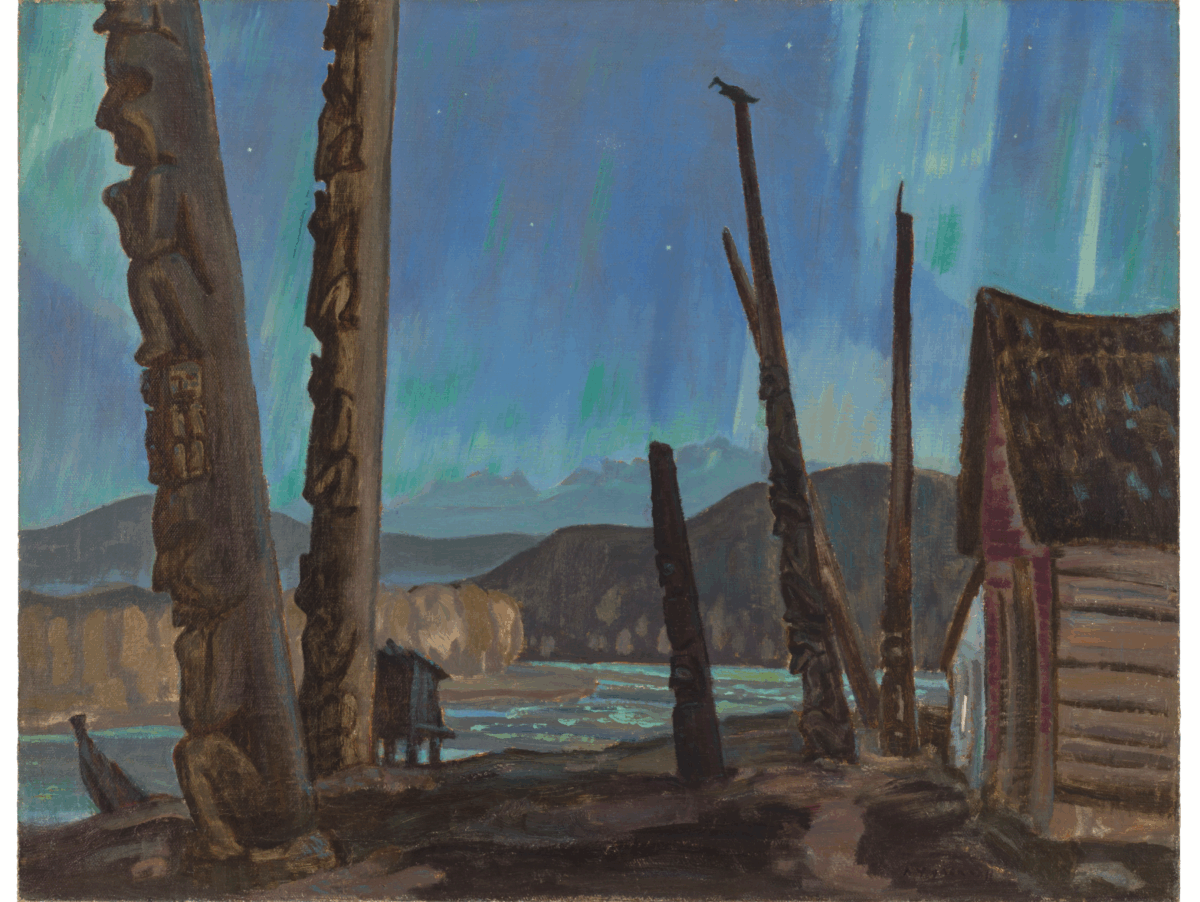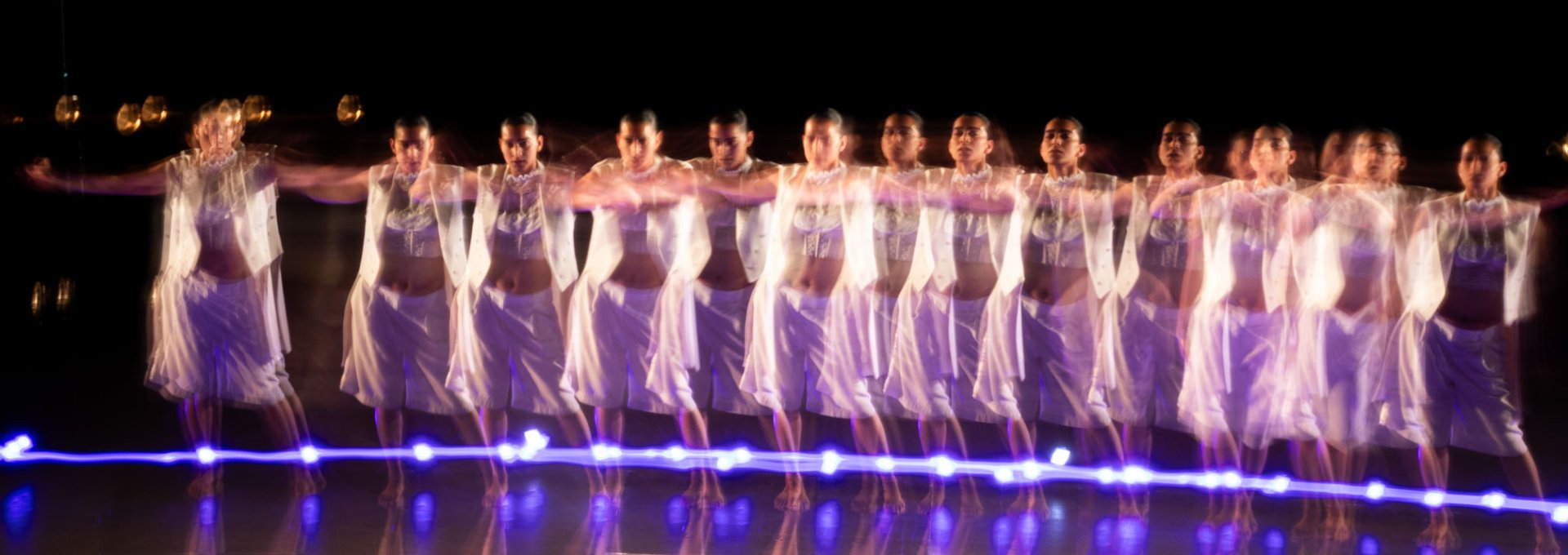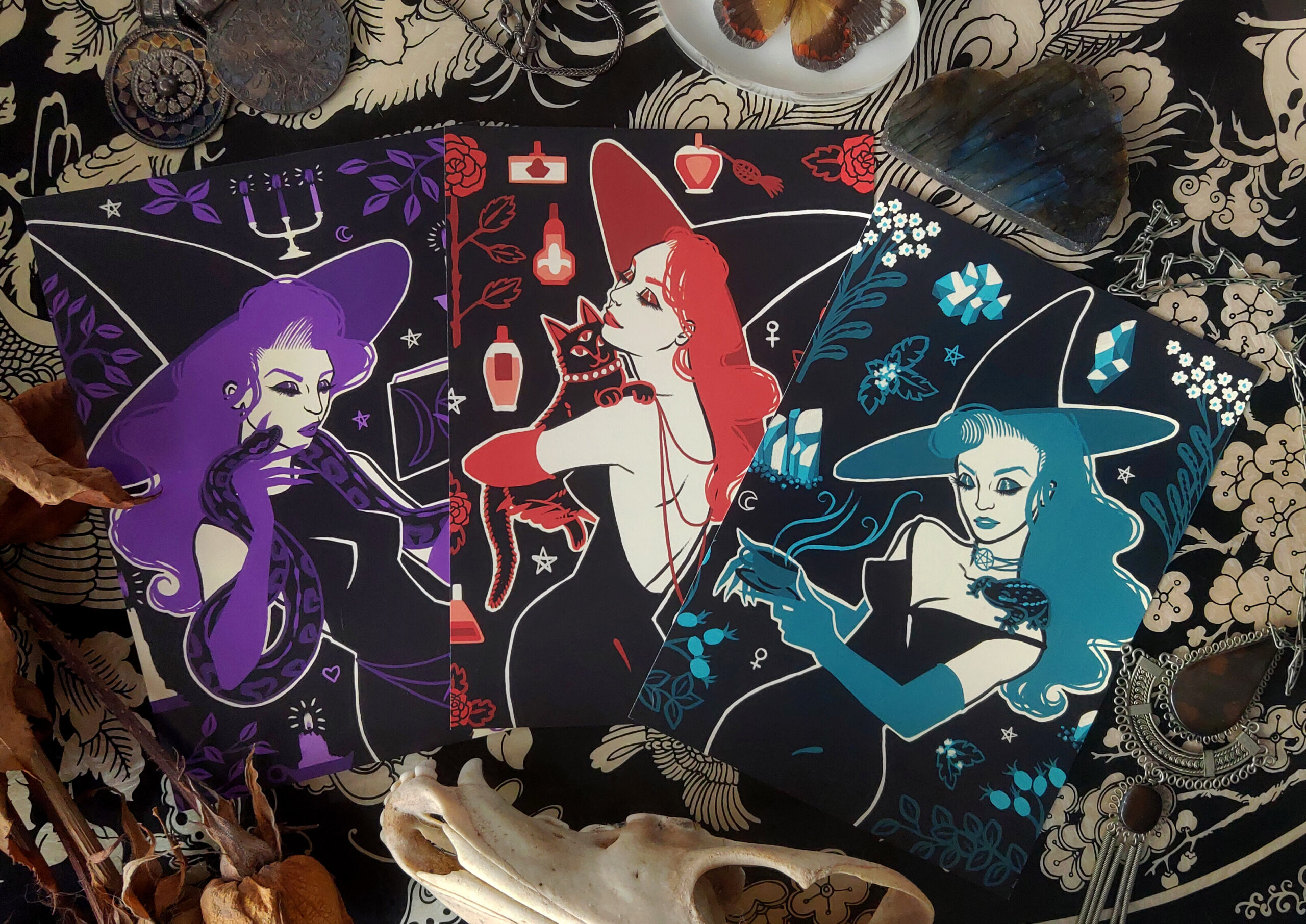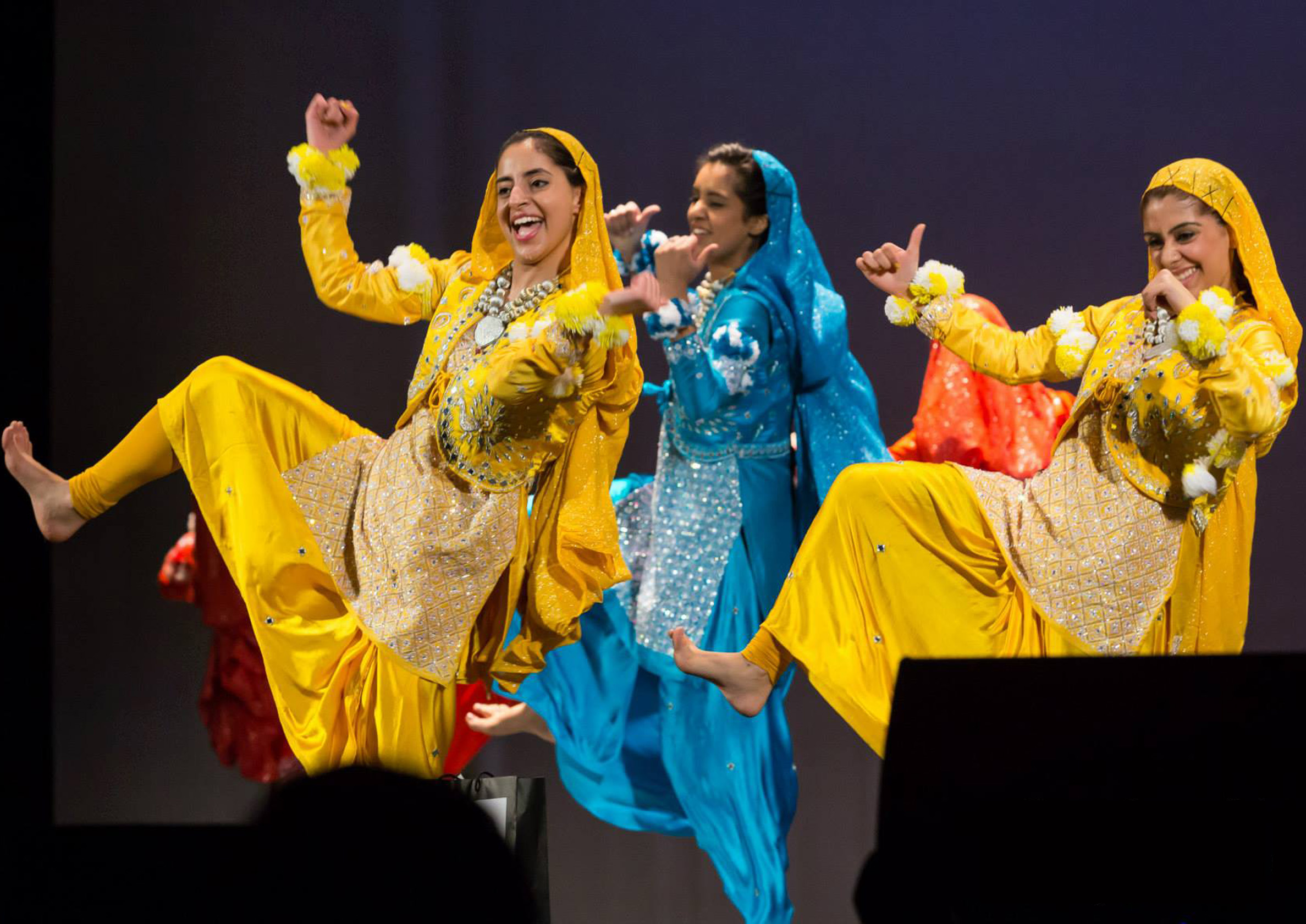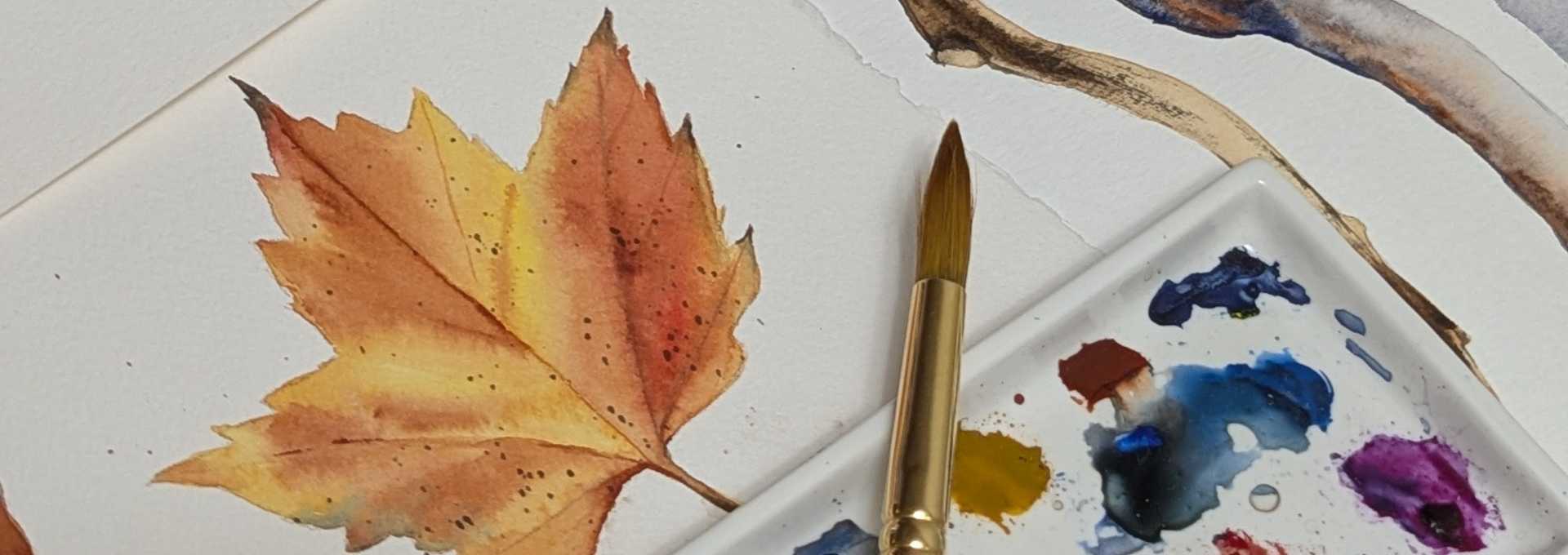With snowdrops starting to poke out of the ground, the Vancouver Art Gallery is presenting two new and noteworthy exhibitions as part of its 2020 spring season.
Marking its Western Canadian debut, Shuvinai Ashoona: Mapping Worlds (on view until May 24) features 36 pencil crayon and ink drawings on paper from the last two decades by celebrated Inuk artist Shuvinai Ashoona.
Lineages and land bases (to May 18), meanwhile, presents more than 80 works that explore our relationship to the natural realm and how culture, history, and experience inform our world views. With pieces by Sḵwx̱wú7mesh (Squamish) artist Sophie Frank and Emily Carr, the exhibition extends its exploration of nature and culture through works by contemporary artists including Edward Burtynsky, Robert Davidson, Patricia Deadman, Marian Penner Bancroft, Jeff Wall, Jin-me Yoon, and Lawrence Paul Yuxweluptun.
Here’s a closer look at each.
Shuvinai Ashoona: Mapping Worlds

Hailing from the Nunavut village of Kinngait (formerly known as Cape Dorset), Shuvinai Ashoona comes from a long line of Inuk artists, including her grandmother, Pitseolak Ashoona, and cousin, Annie Pootoogook.
Ashoona’s vivid drawings have a fantastical quality to them, with bright colours, cultural references, and highly individual iconography. Orange and purple octopi tangle with humans; there are scenes of hunting, fishing, and birthing; animals morph into different creatures; and entire worlds transform into beasts.
Organized by Toronto’s Power Plant Contemporary Art Gallery and curated by Nancy Campbell and assistant curator Justine Kohleal, the exhibit may come as a surprise to some viewers, who may have only ever experienced Inuit art of long ago.
“The mission has been and is presenting some Inuit artists as contemporary artists living, working, producing,” Campbell says. “A huge number of Inuk artists may be living very remotely, but they’re part of the contemporary art world.
“Historical museums would always shoo Inuit art in a separate gallery or in a natural history gallery or basement gallery, and there was very much this fantasy of distant past. Inuit art as we know it didn’t really appear until the late 50s because they were nomadic people.”
Ashoona’s work acts a bridge that deals with the traditional and the contemporary, Campbell notes. She evokes her imagination while at the same time much of what she depicts is very much rooted in reality.
“She deals with Indigenous, Inuit culture, but she also speaks to the inclusive world of people of many colours,” Campbell says. “In one world, the people have red hair, blue hair, black hair and their eyes are all different colours. Shuvinai’s world is a very wonderful place. it would be a wonderful place to live if you could live there.”
What further distinguishes Ashoona’s work is size: these are big drawings, some of them eight feet long or tall. That’s because in decades past, only one size of paper made it to the remote hamlet of Kinngait. Eventually, artists started experimenting with rolls of paper, which allowed for more options. Ashoona continues to push the limits of her medium to greater heights.
“What I find most fascinating is that there’s some statistic that people spend an average of three seconds in front of an artwork; that might even be generous, Campbell says. “But with Shuvinai’s drawings, there’s always something hidden. There’s a story within a story, a figure within a figure; it’s all about looking.
“I think in our day and age, with instant gratification and instant media, we forget to look. And what better place than in an art gallery where you can sit with something and just look.”
Lineages and Land Bases
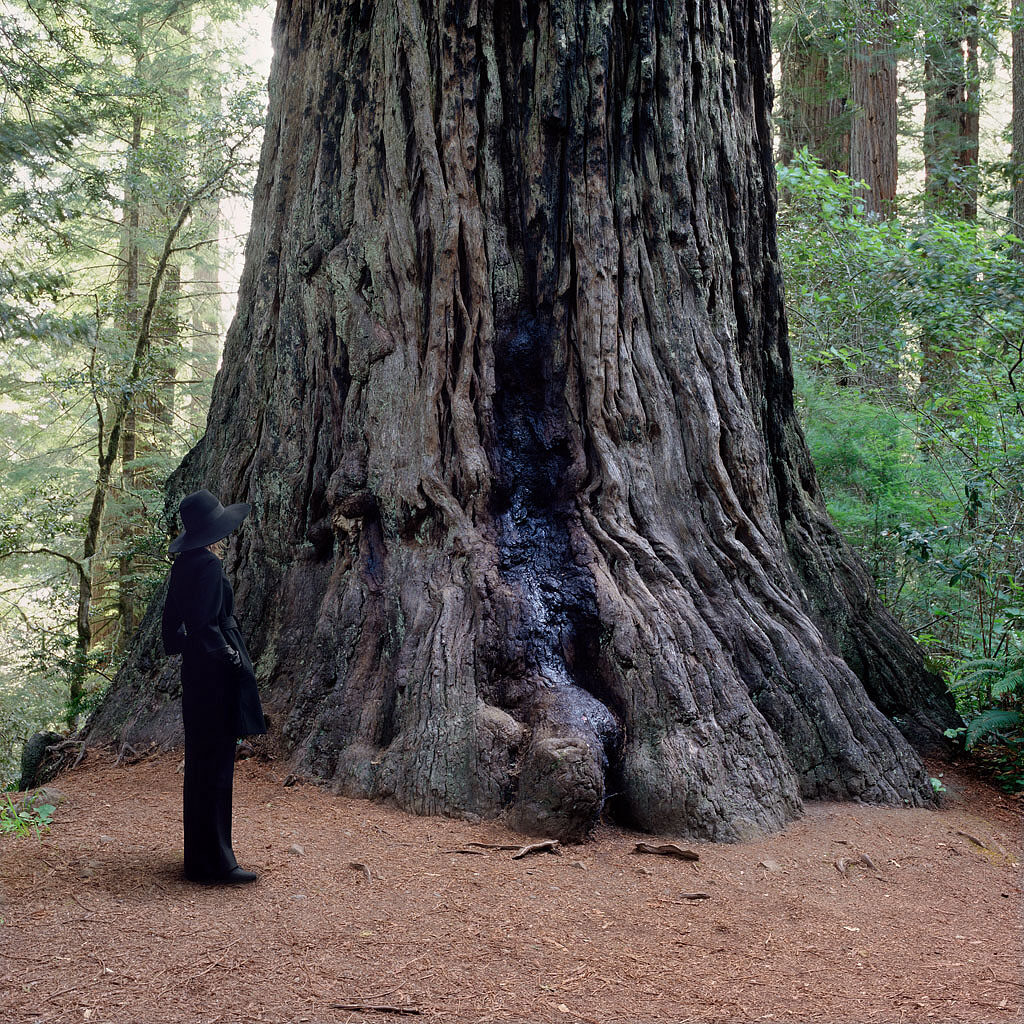
Organized by the Vancouver Art Gallery and curated by Tarah Hogue, senior curatorial fellow, Indigenous art, with Sḵwx̱wú7mesh advisor Chief Bill Williams, Lineages and land bases offers a counterpoint to Shuvinai Ashoona: Mapping Worlds.
Considering the way in which Ashoona’s work is about worlds within worlds, Hogue began considering how certain works in the VAG’s permanent collection engage with the world.
“Lineages and land bases looks at the intersection of some big ideas: it’s about subjectivity and personhood and how those relate to and connect with our ideas about nature,” Hogue says. “It also asks the question of how artists and art address these complex issues.”
The exhibition is primarily drawn from the permanent collection of contemporary artworks since the 1960s with the exception of central room, which consists of historical works. These latter pieces ask some of the questions around ideas around how we represent the land in art, and how that representation can produce certain kinds of inclusions and exclusions.
Consider Jin-me Yoon’s Group of Sixty-Seven, which was produced at the VAG in 1997.
Yoon worked with 67 members of Vancouver’s Korean Canadian community to shoot portraits. There are two sets of images. In one set, the subjects are looking at a painting by Emily Carr called Old Time Coast Village from around 1929. (that painting is on view on the fourth floor). In the other set of images, the subjects are looking toward the camera, standing in front of a 1924 painting called Maligne Lake, Jasper Park by Laruen Harris, who is a member of the Group of 7.
The large-scale piece explores representations of Canadian landscapes—landscapes that are traditionally often emptied of people.
“When you first look at this work, you might notice a kind of disjunction between the identity of the sitters and the landscapes that are represented,” Hogue says, “that’s meant to raise questions about the kinds of exclusions the imaging of the landscape produces, and how certain ideas about ‘Canadianness’ have been naturalized through these kinds of representations, ‘Canadianness’ that is white, landscape where indigenous people are not present.”
Group of 67 also speaks to community; 1967 was the year immigration laws in Canada changed, allowing Yoon’s family to immigrate.
Lawrence Yuxweluptun’s striking Bury Another Face of Racism on First Nation Soil is a contemporary piece display. The title describes the scene, while the trees are just as important as the figures. “In choosing to represent nature in this way, the artist is making a political statement about the land he’s presenting in First Nations territory, but you also get a sense that the trees are active witnesses to what’s happening here,” Hogue says.
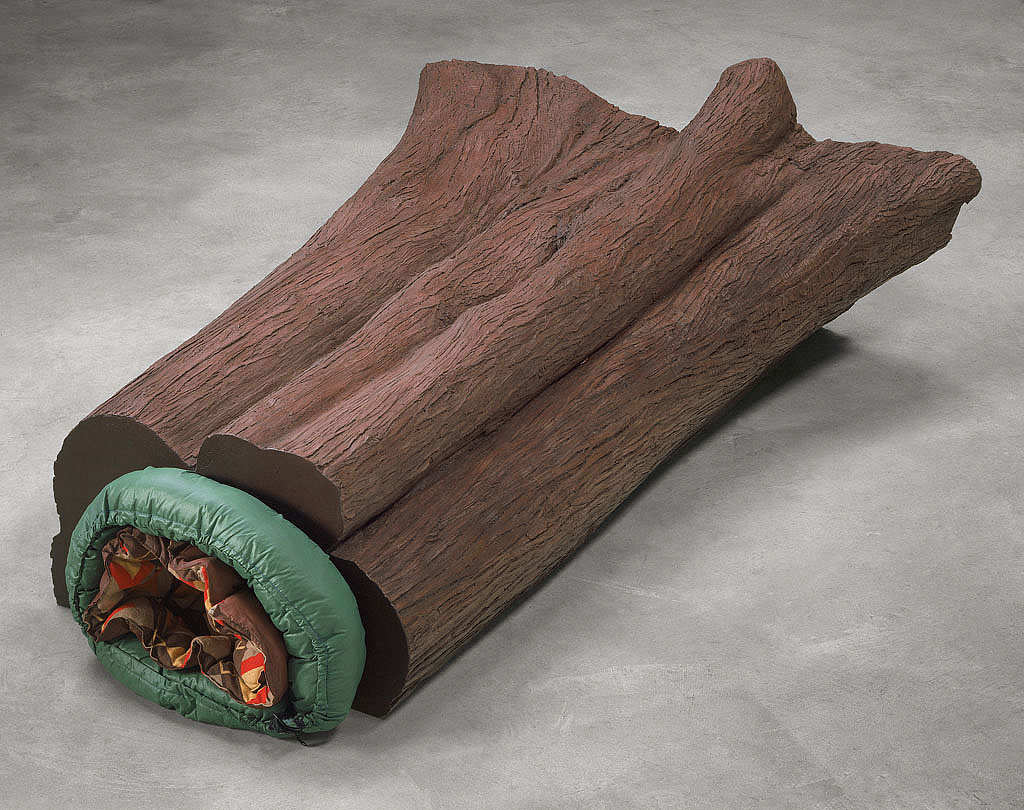
There’s what could be called an exhibition within the exhibition dedicated to the life and work of Emily Carr (known for her landscape paintings) and Indigenous artist Susan Frank (an acclaimed basket weaver). Both women who were extremely important in BC’s history. The two were contemporaries and friends; on view is a portrait Carr did of Frank and a letter Frank wrote to Carr.
Brian Jungen’s Cetology is an astonishing sight: the skeleton of an Arctic bowhead whale made of white plastic chairs hangs from the ceiling. There’s a stark contrast between mass-manufactured consumer goods like the cheap patio furniture and the way in which the animal’s environment is constantly being polluted by this kind of material. The title of the work refers to the branch of zoology that pertains to whales, porpoises, and dolphins.
“We would be used to seeing a real whale skeleton in a natural history museum or a biodiversity museum, where scientific classification is a very important part of the study, but it’s also important to remember that Indigenous cultures have also been put on display in natural history museums.
“As an Indigenous artist, Brian has been really invested in exploring the stakes of what it means to exhibit Indigenous art, how ideas about indigenous art are circulated and reproduced. He’s thinking about how to unsettle some of those ideas and about the way in which as humans we are intimately entangled with the natural world for better or for worse.”
More information is at http://www.vanartgallery.bc.ca/.
Written for West Coast Curated by Gail Johnson
